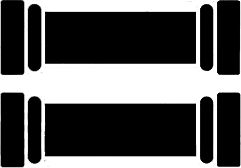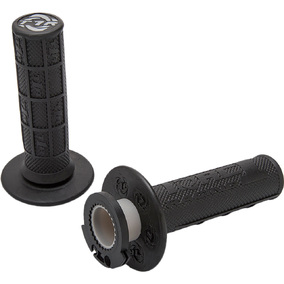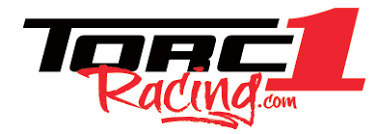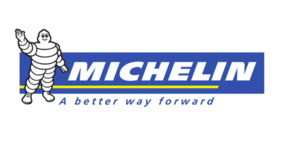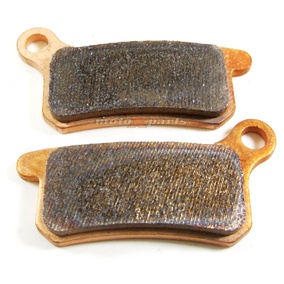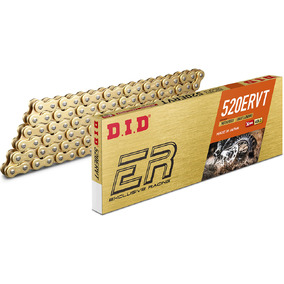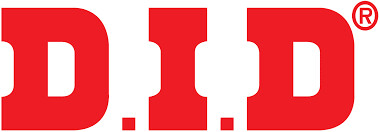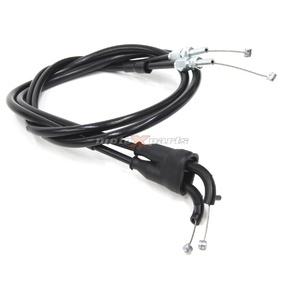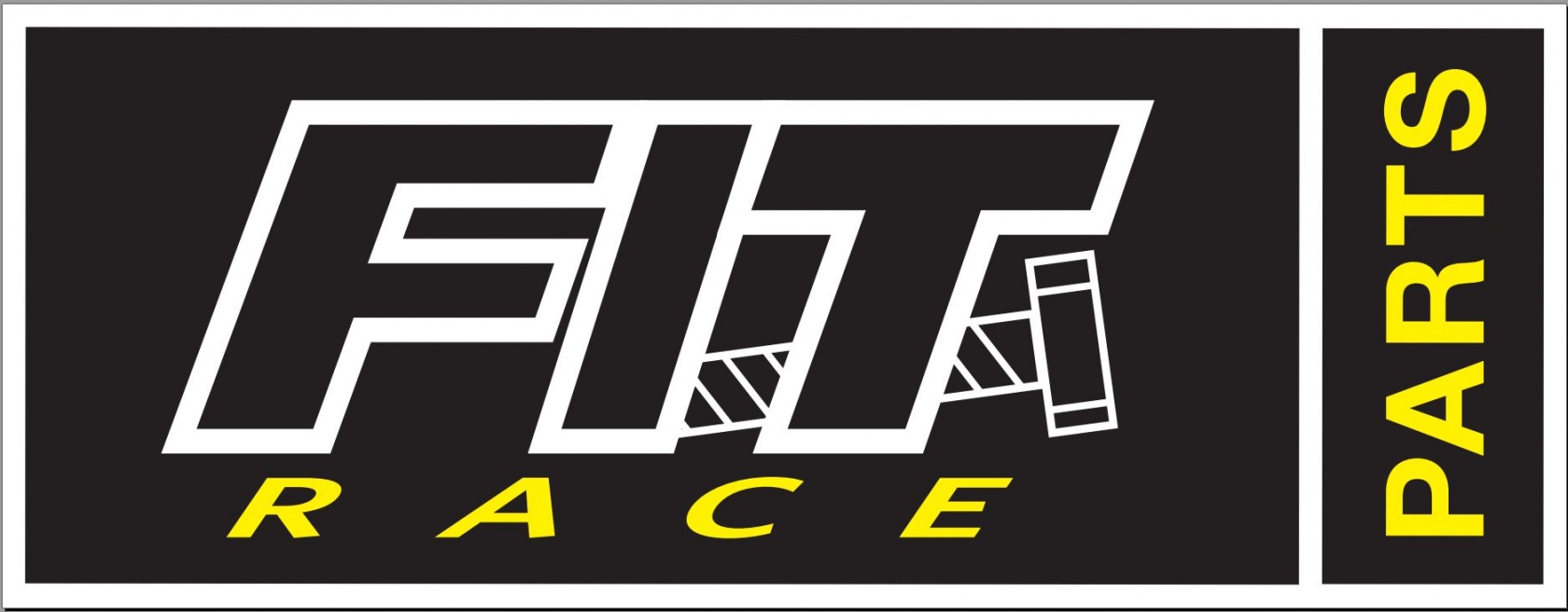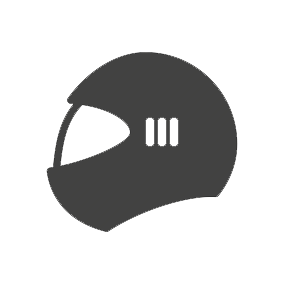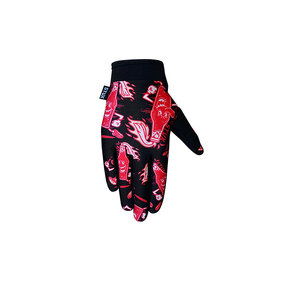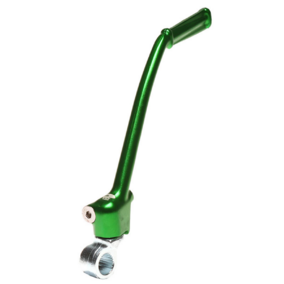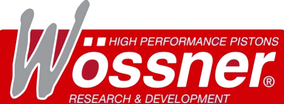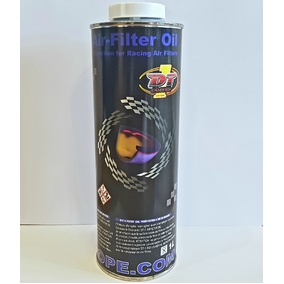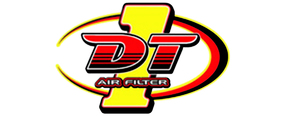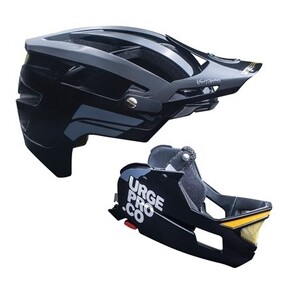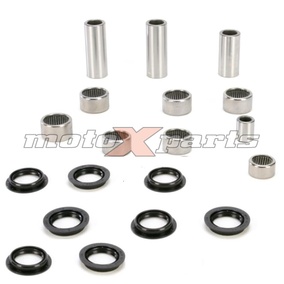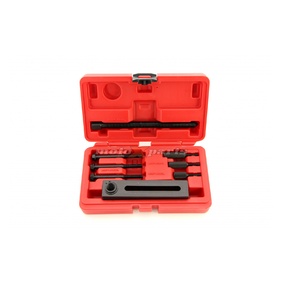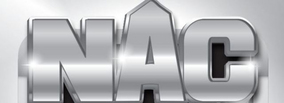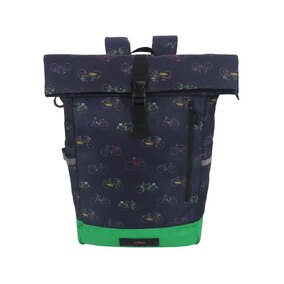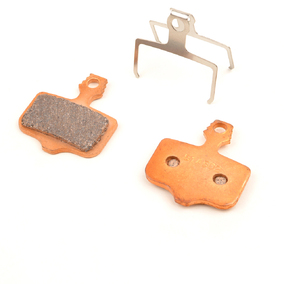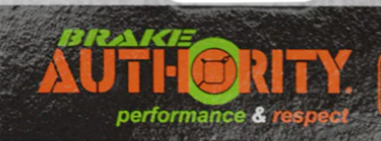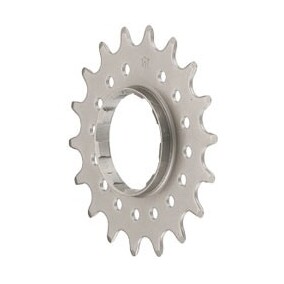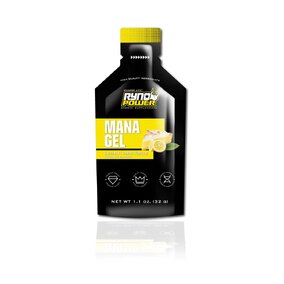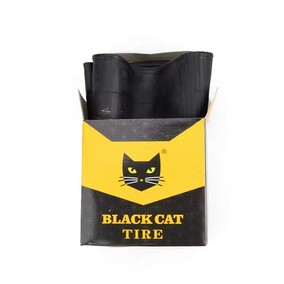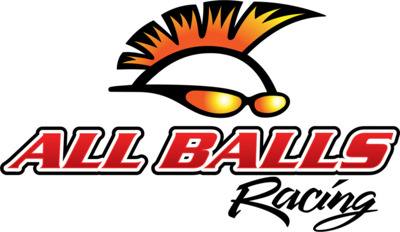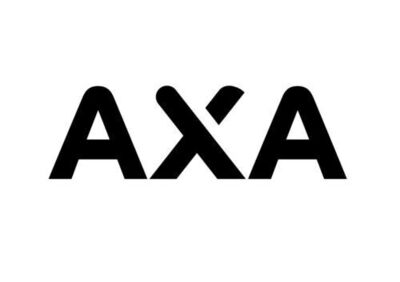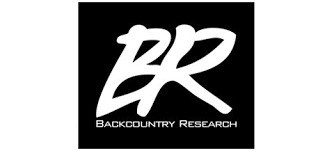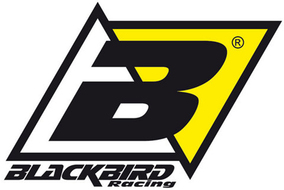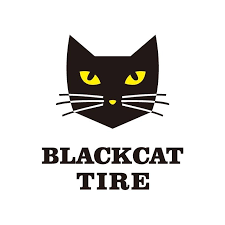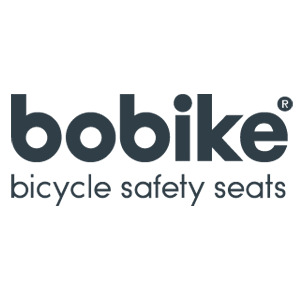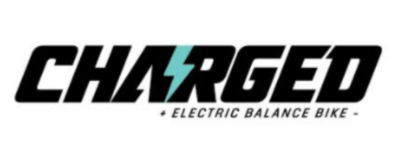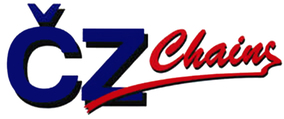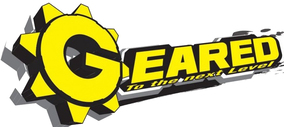How to Inspect the Clutch Components for Wear or Damage
Just replacing parts by throwing new clutch plates and springs in occasionally without much attention given to why the clutch was slipping, or how parts are wearing isn't recommended, as there are many other parts at work in the clutches operation, and we'll go over each of these below in order that you should see them as you disassemble the dirt bike's clutch.
· Clutch Cover
The clutch cover won't generally develop any wear with the exception being circular wear on the inside from pressure plate bolts making contact. If there is any markings from the pressure plate bolts, there are problems which should be obvious.
· Clutch Springs and Hold Down Bolts
The clutch springs that apply pressure to the clutch pack, enabling drive do get sacked out over time and use and if there's any doubts, the best thing to do is to just replace them. The thing is that clutch springs don't usually show visual wear, so if you're wanting to reuse the springs, it's important to measure the free length of the springs and compare the measurement against the specifications in a factory service manual specific to the motorcycle being serviced.
Additionally, be sure to inspect the hold down bolts for any unusual wear, (signs of stretch from over tightening) or thread damage before reassembly and should any damage be noticed, be sure to replace these as having a bolt head circulating loose inside the RH engine cover never turns out good.
· Pressure Plate
With the clutch springs removed, you'll want to inspect the pressure plate where it makes contact with the last friction disc, as the OEM pressure plate's are notorious for developing a groove here that will be obvious and usually contributes to clutch adjustment havoc. Should you notice a step or groove in the pressure plate, be sure to only replace the pressure plate with a higher quality aftermarket pressure plate.
· Throw Out / Clutch Release Bearing and Clutch Movement
With the pressure plate removed, be sure to inspect the release bearing or "clutch lifter" as they're often referred to as, as well as the release push rod for mushrooming, a steel ball (if used) for any unusual wear, and be sure to check the clutch actuation arm for any wear where the push rod contacts it. Should any of these parts show wear, or if the release bearing seems worn, or any needle bearings are missing, be sure to replace these parts upon reassembly.
Note: If your clutch lifter is of the NON needle bearing type, if you do a little investigation you'll likely find there is an upgrade to this lifter which replaces the lifter with an OEM needle bearing setup that will provide a much better feel and actuation of the clutch.
· Clutch Plates
When inspecting the clutch plates, you'll want to measure each clutch plates thickness against the specifications that can be found in a factory service manual specific to the motorcycle being serviced, as well as you'll want to inspect each friction and drive plate for heat marks, cracking, breakage, or warping by checking the plate against a flat surface. (ie: Kitchen Table or a Pane of Glass)
Steel vs Aluminum Drive Plates
During disassembly, if you noticed that some of the drive plates are aluminium, these can be replaced with steel for a greater "flywheel effect"
· Clutch Inner Hub
With all the clutch plates removed, the clutch hub will be visible and can now be inspected. When inspecting the clutch hub, you'll want to look for wear marks or grooves in the female splines of the inner hub, as well as be sure to check for any wear against the towers from contact with the clutch springs.
· Clutch Basket
With the clutch cover alone having been removed, you should be able to visually inspect the clutch basket outer fingers where the tangs of the friction plates make contact for wear or chatter marks. Should wear of the clutch basket be evident, it's not recommended to file these grooves as some may suggest, when the basket shows this type of wear, replacement of the clutch basket should be the only option.
Additionally, while everything's apart, it's important to check the clutch basket for excessive movement on it's cushions by twisting the clutch basket back and forth on the shaft with the primary gear engaged while feeling for any movement. Should any rotational movement between the gear and basket be noticed when doing this, the clutch basket dampers are likely shot, as well as the clutch basket will likely exhibit excessive wear in other places such as the clutch fingers and replacement of the clutch basket should be strongly considered.
· Primary Gear and Associated Hardware
During inspection of the clutch components, be sure to pay attention to any wear that may be developing on the primary drive gear, as well as to remain attentive to any wear on other parts such as thrust plates or washers, collars, or hub bearings (between the clutch basket inner hub and transmission input shaft.)

